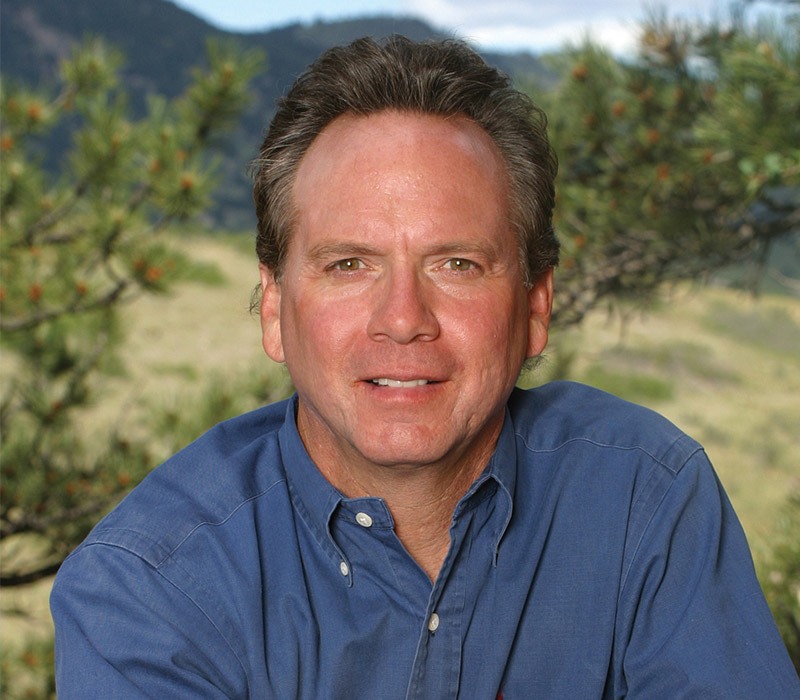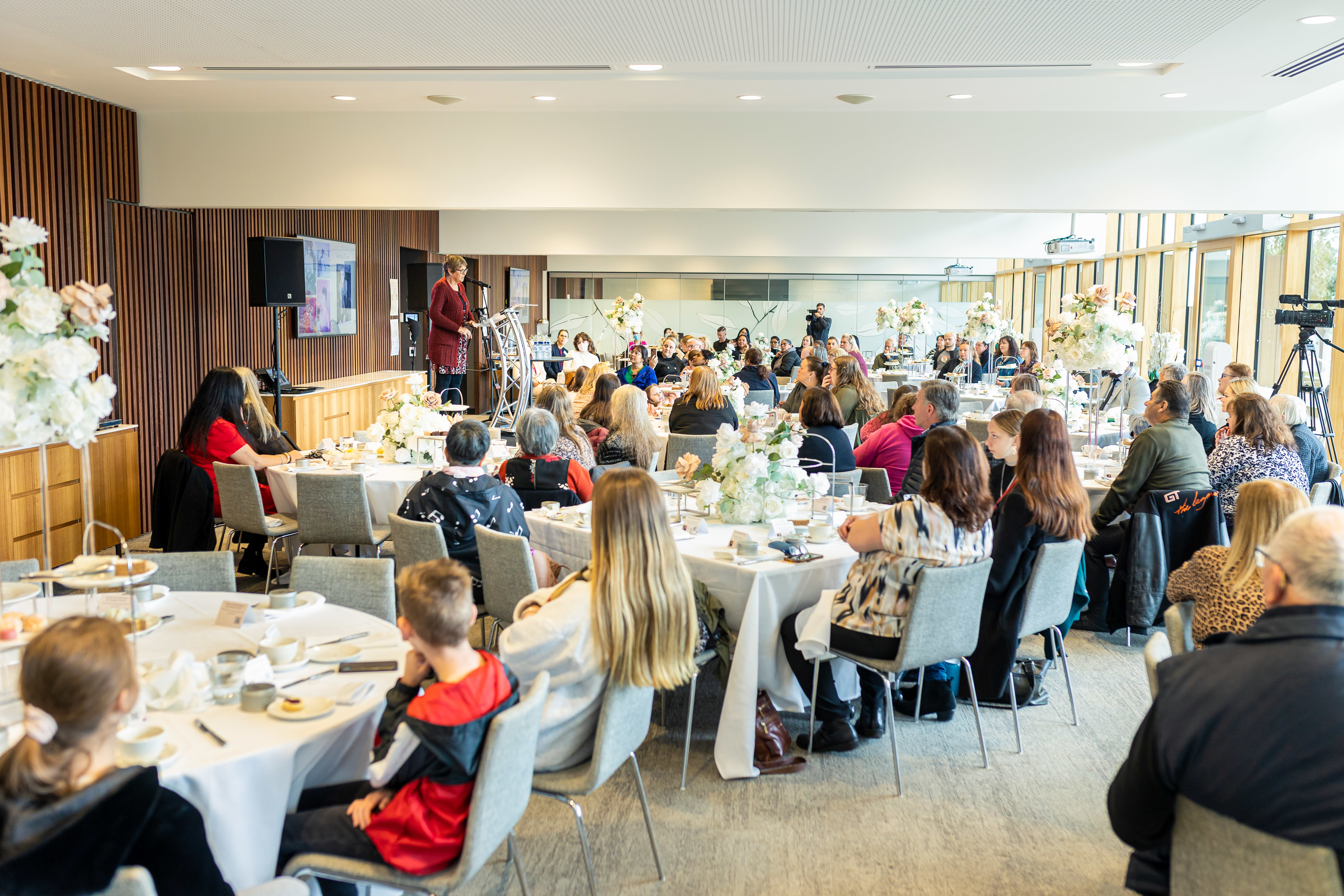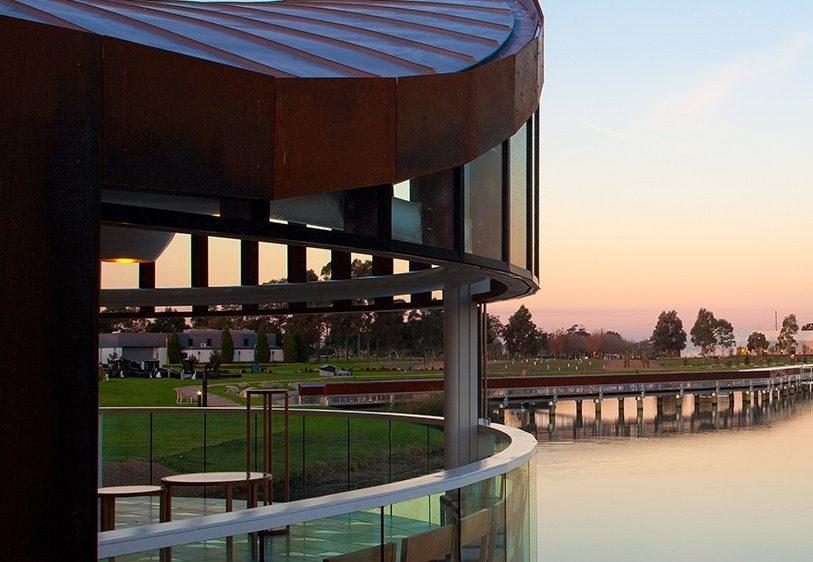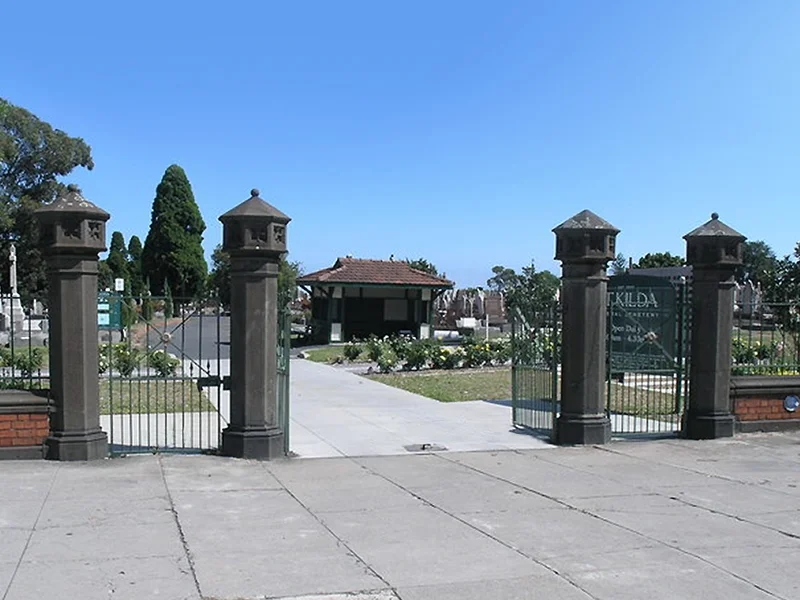Dealing with grief

An insider’s look at bereavement support by Kimba Griffith
Lifecycle Celebrant, Kimba Griffith, gives her take on the stages of grief and how attending renowned grief counsellor, Dr Alan Wolfelt’s Touchstones of Hope and Healing’ session at the Centre for Care & Wellbeing at Springvale Botanical Cemetery, gave her some fresh insight into overcoming the death of a loved one.
What grief looks like to me
When imagining an inner landscape, and picturing emotional terrains, grief has always existed as a spectre for me. I envisage life as a series of tunnels connected by bright orbs of beauty and light, but no matter where I stand, grief, like death, is always visible on the horizon.

My experiences of grief have been many, but muted in intensity and weight by degrees of separation to my nearest and dearest. Of course, though we rarely speak of it, sooner or later, we’ll lose someone we love, and be cast on that journey of loss and bereavement. We’ll be forever changed and required to find our way through feelings that can’t really be named, let alone managed in an orderly fashion. I’ve watched this at close distance with friends and also families I serve as a lifecycle celebrant.
The experience and journey of grief is a prism that throws endless light and shade, but what’s universal is the way losing someone you love and need is just like being in an earthquake. After the impact, you have to figure out how to build things from the ground up, and some things just don’t fit the way they once did.

Five stages of grief?
Like most who work with the bereaved, who seek to understand how loss plays out, who want to come at the idea of death with both eyes open, I’d read Kubler Ross and her ground-breaking work ‘On death and Dying’ and looked to her Five Stages of Grieving as a way of making sense of things. Actually, Kubler-Ross never intended her book to be held up as a fixed model or academic study, but nonetheless it soon became a canonical text, and her ideas simplified almost beyond recognition in the cultural psyche throughout the west.
This gave my confusion about the so-called stages of grief some context. I saw that it was in no way a linear journey. It seemed to be a series of small circular travails that looped over and over inside and around, often through new landscapes and psychological states.
A fresh perspective on grief support
When I heard the Southern Metropolitan Cemeteries Trust were bringing out Dr Alan Wolfelt as part of their month-long calendar of events to launch the Centre for Care & Wellbeing at Springvale Botanical Cemetery, I knew I had to attend and hear first-hand his account of the touchstones of grief, and the companioning model of grief support.
The Centre for Care & Wellbeing is a welcoming, modern and airy space that comprises a spacious lobby and cosy reading nook, some workshop rooms set up with journaling materials and puzzles, two softly lit spaces for those needing some private time, and a sleek auditorium where everything from yoga to large-scale presentations are held.
The room filled quickly, and on each seat was a neat packet of tissues. I stuffed them in my bag, figuring I wouldn’t need them. I’m comfortable with the subject-material and the relative distance of these topics to my own situation. Little did I know that upon hearing Dr Wolfelt speak about loss with the compassion, conviction and heart that pours out of him, I’d need to crack open the tissues more than once.

Dr Alan Wolfelt and the touchstones for hope and healing
While I knew Dr Alan Wolfelt was a learned speaker on grief and loss, having founded the Centre for Loss and Life Transition in Colorado, and written over a dozen books on the subject, I had no idea that when he spoke, it would be so engaging, personal, and heartfelt. People around me who were perhaps in an acute and deep experience of loss were also emotional; Dr Wolfelt didn’t directly engage them, but held a deep space of safety and acceptance. Strangers gently comforted one another and were incredibly connected to his words throughout.
He covered a huge amount of information in the session, and had a series of numbered lists to help the audience make sense of the narrative he painted. From the five areas where we experience pain after a loss, the six needs of mourning, and the nine dimensions of grief, Dr Wolfelt painted a rich and textured model for the journey through healthy grieving.
Grief isn’t mourning
A key element that resonated for me was the difference between mourning and grief. He described the work of mourning, which involves actions that embrace the pain of the loss of someone you love, the search for meaning, and most importantly, all the outward expressions of that loss. Grief is a highly complex mix of emotions; everything you feel and think in relation to losing someone. Dr Wolfelt explained that people who don’t allow their grief to surface through expressions of mourning can end up with ‘carried grief’ a state where a person isn’t able to transition through the early states of grieving. Journeying with and allowing these difficult emotions, and being supported to do so is the path to healing.

Emerging into the light
I finished the day with a languid stroll through the gorgeous surrounds of the cemetery on an unseasonably warm day. Passing a stunning sundial monument I was struck by the inscription. It said, ‘I count none but the sunny days’. A poignant reminder of the human experience, in all its shades and colours.






